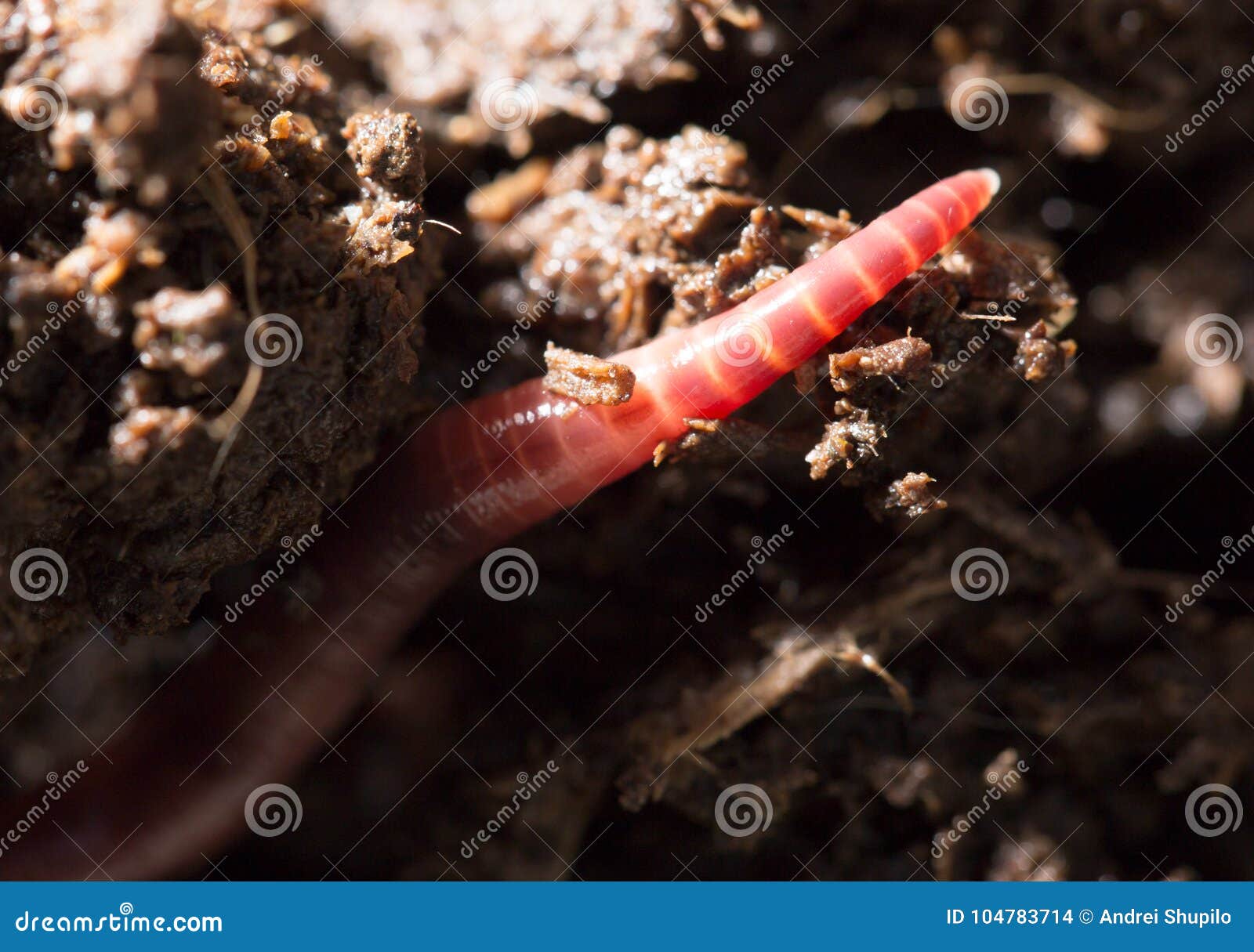
Some may wonder what type of composting worm should be used. If possible, turn your rows once or twice during the precomposting stage to help maintain aerobic conditions This will help to start breaking down the materials and will also reduce the chances of overheating in your worm composting system.Ī low tech approach would be to simply set up windrows 3 to 4 feet in height and letting them sit for a week or two prior to inoculating them with composting worms. In the previous question I suggested that lime is not typically needed in a worm bed – well this is a prime example of a situation where the use the lime (or at least something comparable) would not only be beneficial, but in fact almost a necessity.Īside from mixing coffee pulp with other materials, it would also be very helpful to allow the mixture to undergo a ‘precomposting’ stage prior to vermicomposting.

It will also be beneficial to add something that will help increase the pH. In the article mentioned above they reported mixing coffee pulp and manure/bedding in a ratio of 2:1 (pulp:manure/bedding), then layering it over top of coffee bean husks Given the relatively low nitrogen content of this mixture (husks and pulp), the addition of some type of manure (or other N source) would also be beneficial. One possibility is dry coffee bean husks (another coffee industry bi-product), or some other local crop residue. For starters you will need some sort of bulking agent – in other words, something that will help absorb excess water and help to encourage air flow in the composting mass. Given the properties mentioned above, it should be mixed with other materials for best results. 1995 pg 82-83) this material has a pH in the range of 4.5 and a moisture content of 80%.Ĭan it be used as a substrate for vermicomposting? Absolutely! According to a Biocycle article (‘Composting Coffee Pulp in El Salvador’ – Nov.

It can be composted (producing a rich soil amendment), used as an animal feed, or even as a substrate for mushroom production.ĭue to the high moisture and sugar content however, it needs to be properly handled if anaerobic fermentation processes are to be avoided – thus creating some potential storage headaches. It is a moist, fibrous material, representing about 40% (by weight) of the ripe coffee fruit.

“Can Earthworms be Used for Coffee Pulp Decomposition?” ~ Jean Marie.įor the benefit of all those unfamiliar, coffee pulp is a important agricultural bi-product in coffee-growing regions.


 0 kommentar(er)
0 kommentar(er)
